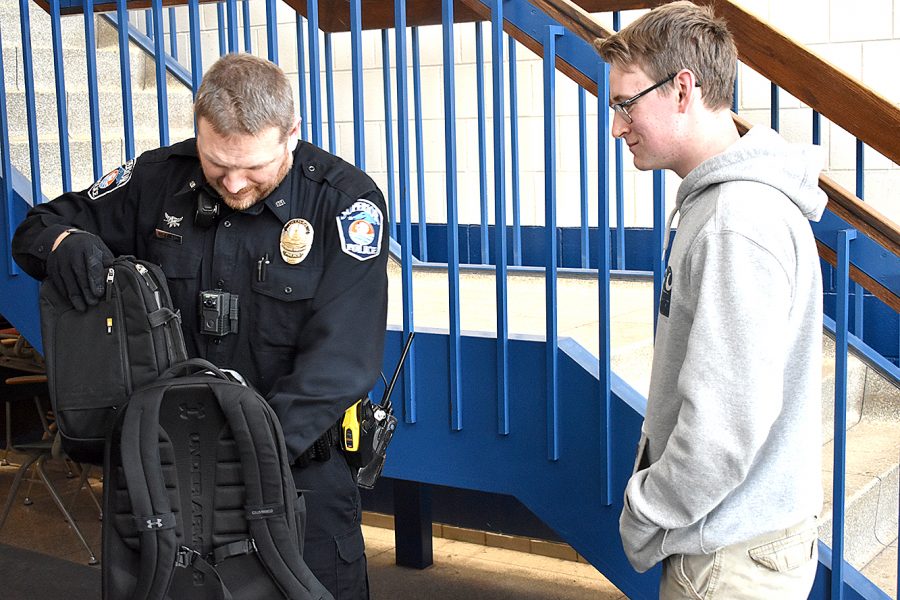
In State v. Samalia, the WA Supreme Court held that although cell phone information is protected by the Constitution, the defendant abandoned this privacy interest when he voluntarily left the cell phone in a stolen vehicle while fleeing from police.
Defendant Adrian Sutlej Samalia fled on foot from a stolen vehicle during a lawful traffic stop, leaving his cell phone behind in the vehicle. After Samalia successfully escaped, the police searched the cell phone without a warrant and made contact with one of the numbers stored in the cell phone. That contact led to Samalia’s identification as the owner of the phone and driver of the stolen vehicle.
On these facts, the State charged Samalia with Possession of a Stolen Vehicle. Samalia moved to suppress the cell phone evidence under CrR 3.6, arguing that the officers violated his constitutional rights when they seized and searched his cell phone with neither a warrant nor a valid exception to the warrant requirement.
The State responded that the warrantless search was valid under the abandonment doctrine. The trial court held that Samalia voluntarily abandoned any privacy interest that he had in the cell phone by leaving it in the stolen vehicle, which he also voluntarily abandoned, while fleeing from Office Yates. After denying Samalia’s suppression motion and subsequent motion for reconsideration, the trial court found Samalia guilty as charged in a bench trial. Samalia appealed to Division III of the WA Court of Appeals. They upheld the trial court’s decision under the abandonment doctrine.
Ultimately, the WA Supreme Court decided the search was lawful and upheld Samalia’s conviction. It reasoned that article I, section 7 of Washington’s Constitution states that “no person shall be disturbed in his private affairs … without authority of law,” and although the WA Constitution embraces the privacy expectations protected by the Fourth Amendment to the United States Constitution – and in some cases, may provide greater protection than the Fourth Amendment – the search was nonetheless lawful under the abandonment doctrine.
ABANDONMENT DOCTRINE
The Court reasoned that the “abandonment doctrine,” a person loses normal privacy interests in their property upon abandoning it. The abandonment doctrine is not rooted in any obligation by law enforcement to find the owner of property. Basically, it allows law enforcement officers to retrieve and search voluntarily abandoned property without implicating an individual’s rights. The court reasoned that in this sense, voluntarily abandoned property is different from lost or mislaid property, in which the owner maintains a privacy interest in the property and the finder may have an obligation to seek out the owner to return the property.
Thus, when an individual flees from law enforcement and leaves a cell phone behind in a stolen vehicle, a trial court may find that the cell phone is no less abandoned than any other item that was also left in the stolen vehicle.
Here, the Court declined to find an exception to the abandonment doctrine for cell phones. Consequently, the WA Supreme Court decided the trial court properly found abandonment under these facts.
In conclusion, the WA Supreme Court affirmed Samalia’s conviction on the grounds that the information derived from the search of Samalia’s cell phone was properly admitted as evidence under the abandonment doctrine.
DISSENTING OPINION
Justice Yu authored the dissenting opinion, which was also signed by Justice Stephens and Justice Sheryl Gordon McCloud. In short, these dissenting justices all agreed that common law doctrines like the Abandonment Doctrine cannot be applied mechanically to new technology. Second, the abandonment doctrine applies to personal property generally and not digital technology. Third, digital cell phone data remains a private affair, even if the cell phone itself has been voluntarily abandoned.
“The people of Washington are entitled to hold safe from government intrusion the unprecedented wealth of personal information accessible through a cell phone, even if the phone itself has been voluntarily abandoned. If government officials discover a cell phone and want to search its digital data for evidence of criminal activity, they may seize and secure the cell phone to preserve any evidence it may contain, but they must obtain a warrant before searching its digital data. Because the police did not obtain a warrant here, the search was unlawful and its fruits should have been suppressed. I respectfully dissent.”
My opinion?
Last year, I discussed this case when the Court of Appeals decided it in my blog post titled, State v. Samalia: Search of Abandoned Cell Phone is Lawful. Again, I disagree with the court’s majority decision in this case. The trial court should have suppressed the cell phone search back in the beginning of this case. Under these circumstances, the abandonment doctrine is simply not the proper legal vehicle to permit a cell phone search. Using this doctrine leaps too far in the wrong direction. Kudos to the dissenting judges in this case. Although the decision was not deeply divided (6-3), the dissenters got it right. Officers need to get search warrants. Period.
My general advice to the general public?
Never leave incriminating evidence on your cell phone. No pictures, videos, nothing. A lost phone could now be considered “abandoned” and searchable by authorities.
Please contact my office if you, a friend or family member are charged with a crime. Hiring an effective and competent defense attorney is the first and best step toward justice.















